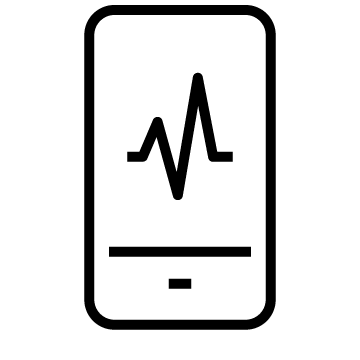What is driving the future of healthcare?
Explore the trends and technologies defining the future of the healthcare industry.
What's the future of healthcare?
What's the future of healthcare?
The healthcare industry is leaping forward, as COVID-19 speeds up advances in health technologies, remote care (telemedicine), and a focus on a more sustainable healthcare system.
Rising healthcare cost is a well-established trend. But with a more technology-driven healthcare ecosystem, health consumers will take more financial responsibility for their health in the future. Patients will prioritize staying healthier for longer, transforming healthcare from an episodic service to a lifelong process of managing and maintaining their health.
The telemedicine boom points to a shift in the location of care, as remote technologies like AI and 5G facilitate more efficient treatment paths and fewer hospital visits. Telemedicine can save costs for the healthcare system, improve the utilization of physicians’ time, and produce better patient experiences.
We invite you to explore the future of healthcare, the trends and technologies reshaping the industry, and the short- and long-term investment opportunities in the public and private markets.
Investment recommendations
Investment recommendations
Explore public and private market opportunities in firms that develop technologies or services that drive healthcare change (“enablers”).
Consider companies that can use healthcare change to enhance their market positions (“beneficiaries”).
For longer-term investors with higher tolerance for risk, transformational technologies (“moonshots”) may have investment potential.
For more, see our “Genetic therapies,” “HealthTech,” “Medical devices,” and “Oncology” Longer-Term Investments themes.
Explore more about the future of humans
Explore more about the future of humans















